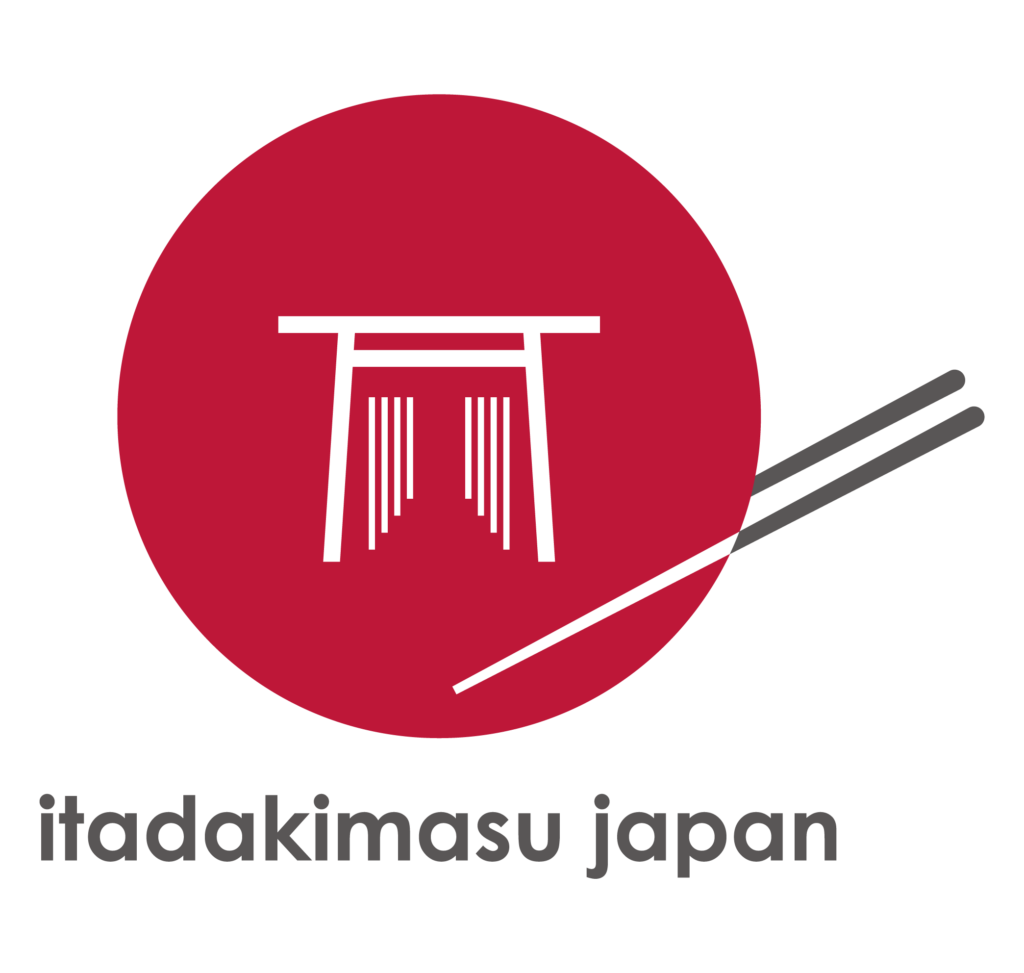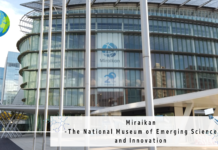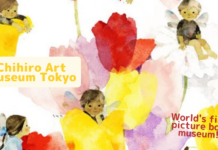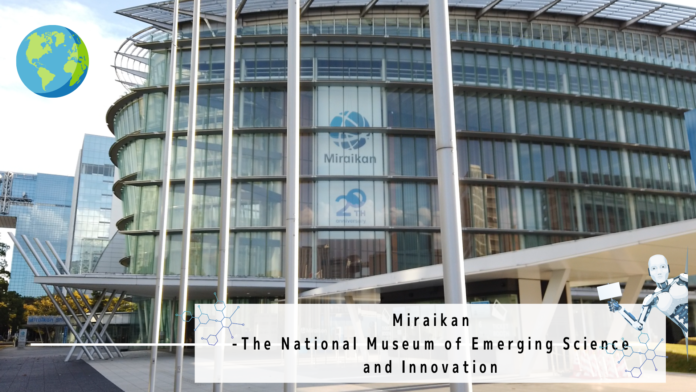Hi hi! Jess here!
Anyone who knows me personally (or maybe you can sense this from our videos) knows that I lean more towards being an arts person than a math or science person. When I was in school, these weren’t my absolute favorite subjects, but I think that had more to do with the way they were presented to me than actually being uninteresting. From the get-go, I had the image of science being difficult to understand, beyond my comprehension. Music, language, and art were easier for me to latch onto, because I felt that in science there were right and wrong answers. The arts felt more flexible. As a result, I sort of built a wall in my mind between me and understanding how the world works. Ideas about technology, biology, and physics were for other (perhaps smarter) people to understand.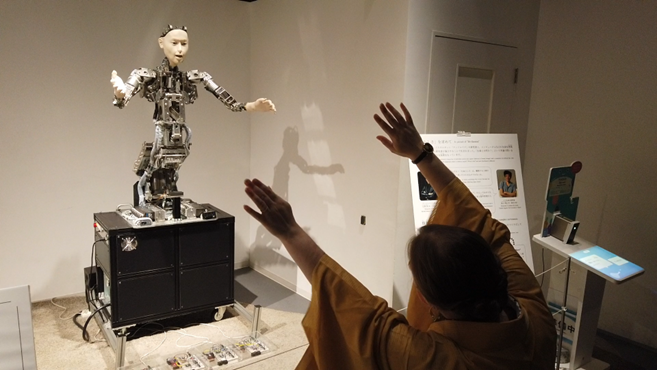
At least I know how to party with a robot.
I’m sure that I’m not alone. There are many people who feel intimidated by scientific and technological concepts, and this presents a challenge for those who are tasked with educating the public when it comes to science—those known as “Science Communicators”. How do you take a subject that has such a strong image of complexity and unapproachability, and make it interesting or understandable for people like me?
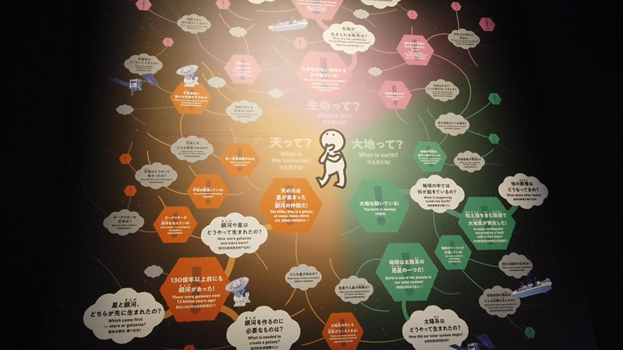
Are there answers to all these questions?
Enter Miraikan (full name: the National Museum of Emerging Science and Innovation). Even beginner students of Japanese will likely recognize the word mirai, which means “future”, in the name. This expresses the museum’s focus on taking what we as a collective humanity have learned about the world thus far and connecting it to what is to come, what we may be able to accomplish in the future. But the museum has another focus, and it’s something I think is so important; it’s science communication itself. You might hear the term “science communication” and assume it’s between scientists themselves, perhaps even across fields of science. But no! Science communication is about communicating to the general public—people like me who find science intimidating—in a way that is simple to understand, so that as a society we are better informed and better able to make decisions to affect our future.

Me wondering where I went wrong, and what I could do to change the future of my Earth.
Miraikan takes this seriously, and has developed its own training program for its Science Communicators, who interact directly with visitors, describing and explaining scientific concepts and conducting events and demonstrations. Once their time at Miraikan is over, they take their experience and knowledge in science communication to other institutions, such as universities, museums, educational facilities, and corporations. In this way, and with additional networking activities and projects, Miraikan makes an impact not only within its own walls, but in the world at large.
I wasn’t sure what to expect when we approached Miraikan, but my first thought was “wow…this place is HUGE.”
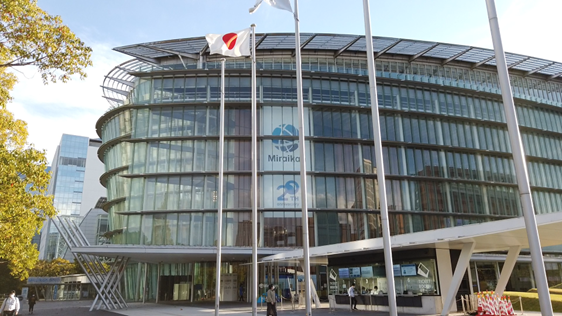
You can fit so much knowledge in this baby.
There are several floors of exhibitions and interactive areas, each with their own theme. The permanent exhibitions are based on exploring the frontiers of space, Earth, and life itself, as well as future society, sustainability, and the human race, and how we are connected to our environment in a myriad of ways. There is so much to see and learn at Miraikan that I just cannot describe it all in a single article or video! I highly recommend setting aside an entire day to enjoy the museum, because they cover so much material, and in such interesting ways, that only a few hours are just not enough.
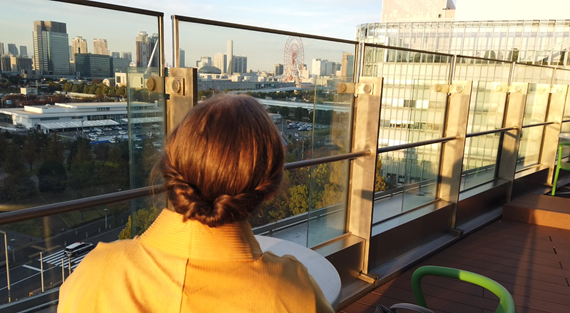
Next time, I think I’ll arrive in the morning, learn a lot, have some lunch overlooking the city, and learn some more.
Some of Miraikan’s Science Communicators speak several languages, including English, and the exhibition descriptions are also written in English, so you don’t need to worry about communication at all! I thoroughly enjoyed our time at Miraikan, which I think comes across in our video, and I am positive that you will enjoy a trip there as well!! Experience every facet of our wonderful world through the lens of science and technology, and get inspired to make an impact on the future—our mirai!
Miraikan is open from 10 a.m. to 5 p.m., and they end sale of admission tickets 30 minutes before closing time. They take Tuesdays and New Year holidays (December 28th to January 1st) off, but they are open on other national holidays. You can find their admission fees as well as the different payment methods they accept on their website: https://www.miraikan.jst.go.jp/en/visit/admission/
Miraikan – The National Museum of Emerging Science and Innovation
2-3-6 Aomi, Koto-ku
Tokyo 135-0064


